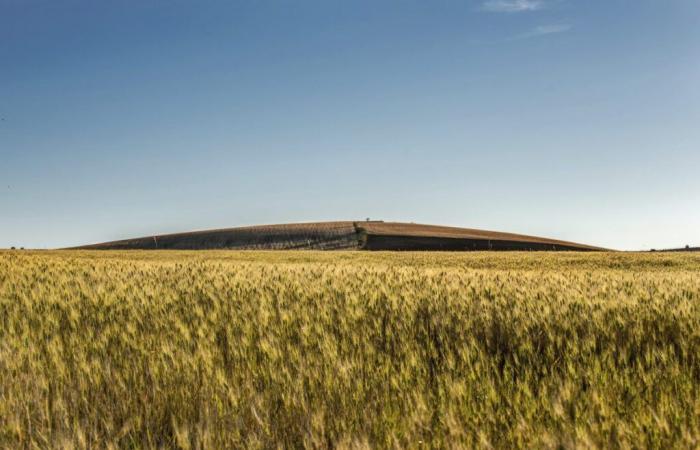Madrid, May 8 (Efeverde)-. Water scarcity in agricultural productions has caused between 2022 and 2023 an average reduction between 20% and 30% of wheat and barley production, and just over 10% of the olive grove, according to the latest report on the impact of drought on the Spanish agricultural production of the Bank of Spain.
Climate change causes the increase in the development of extreme and adverse meteorological phenomena, whose intensity and frequency can condition agricultural performance in Spain, a situation that is More intense in crops mostly from dry land, such as wheat, barley or olive grove, than in those in which irrigation predominates, such as orange or corn.
The study
The last study, carried out by the Bank of Spain, analyzes the relationship between granular and production climatological information and agricultural surfaces at the provincial level, between 2000 and 2023, and the agricultural yields of wheat crops (soft and hard), barley (two and six races), corn, sweet orange and olive grove 2022.
Each of the culture that has been considered in the study presents differences such as the moment of planting, flowering and collection, which explains, for example, that in the case of wheat, an additional week of drought of a moderate type, within the same campaign, can cause the performance drop of 0.9%.
Among these three crops (barley, wheat and olive grove), the greatest effects of water scarcity are found in barley, behind wheat and, in the last, the olive grove. On the other hand, in general terms, in the case of corn and sweet orange, the impact of drought has the effects estimated.
In relation to the campaigns of 2021/2022 and 2022/2023, the drought would have generated a decrease in the performance reached in wheat, which places in 15% and 27%, respectively, which translates into an average drop of 21% between the two campaigns. In the case of barley, the average fall in the two campaigns is higher, 28%, therefore, 20% between 2021 and 2022, and 36% between 2022 and 2023.
For its part, the Olivar plantation has a lower figure that places the average at 10.5%, being 10% in the 2021/2022 campaign and 11% in the 2022/2023.
Other considerations
Researchers alert the possibility that the effects caused by the shortage of rainfall, or factors such as the rise in high temperatures, may have more effect at specific times of each campaign, but, however, this is not reflected in the estimate, because of the annual nature of the variables analyzed in the study. Efeverde
MSR/al
Do you want to help us? Share our most recent weekly #planetín Bulletin with friends, colleagues … that may be interested.
And if you do not receive it, you can join our mail list here






